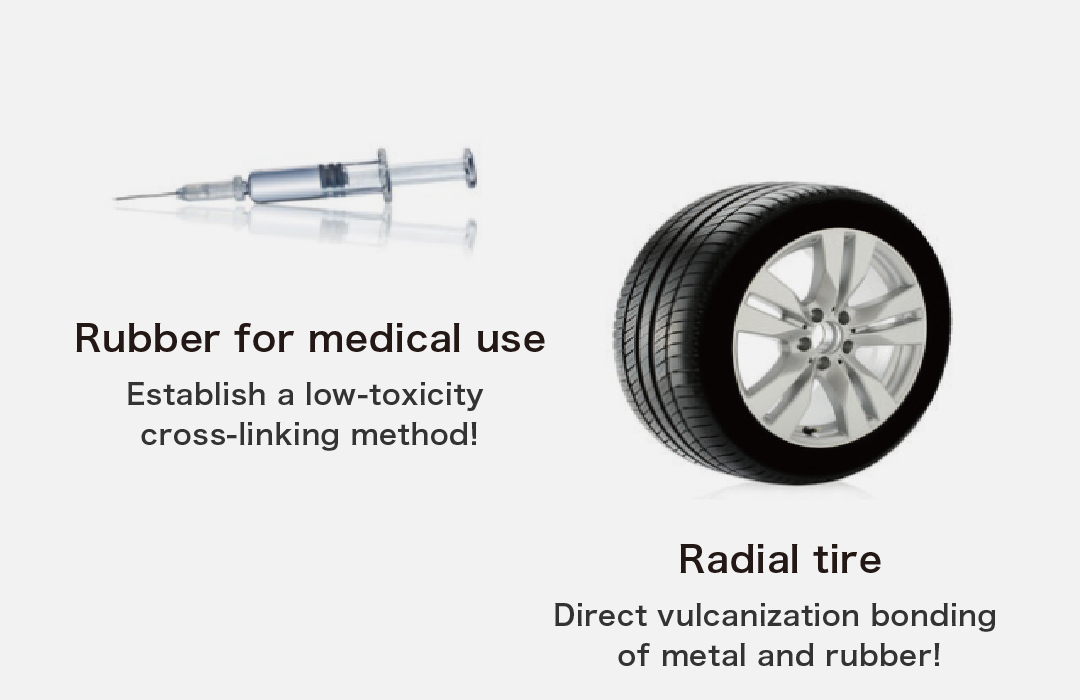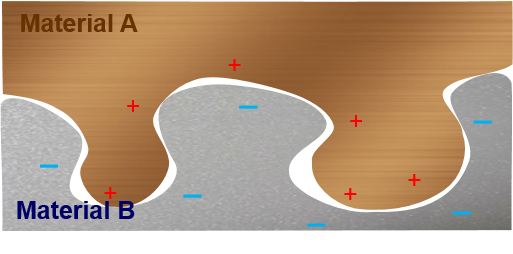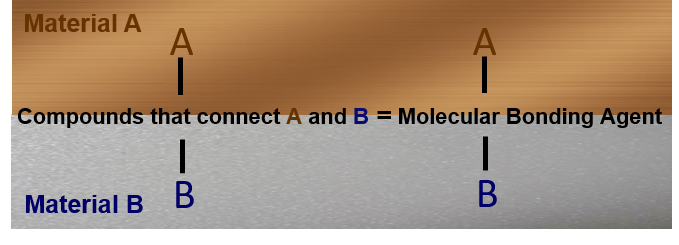
This is a technology for joining materials by chemical bonding.
It brings innovation to bonding technology in manufacturing.
01
Matsuo Mine, No. 1 in the East.
In Iwate Prefecture, there used to be the Matsuo Mine, the number one in the East, where sulfur was extracted.


02
Toward the Effective Use of Mined Sulfur
The development of petrochemicals caused a decline in mining.
Kunio Mori, President and Representative Director, developed triazine-thiol compounds with the aim of effectively using mined sulfur.
03
Developed a number of products using triazine-thiol compound
By applying this triazine-thiol compound, we have developed heat-, oil-, and ozone-resistant fuel hoses and heat-resistant Shinkansen flooring.


In addition, many products have been developed, such as rubber for medical use, steel radial tires using direct vulcanization bonding of metal and rubber with sulfur, and maintenance-free molds that have succeeded in extending service life.

04
Creating the concept of molecular bonding Technology
At the moment, we successfully synthesized
sulfur-free triazine compounds for various
applications.
Molecular bonding technology is created by
our founder, Kunio Mori, as a culmination of
all these technologies.
Conventional Bonding Technology

Conventional Bonding technology uses the anchor effect of roughness to hold materials together.
And, in conventional bonding using adhesives, it is necessary to select an adhesive that matches the properties of the materials to be bonded.
Molecular Bonding Technology

Molecular bonding technology uses a compound called a molecular bonding agent to connect materials through chemical bonds.
One of its features is that sufficient adhesion can be obtained even when the material surface is flat.
And then, the main feature of this technology is that it can be universally bonded regardless of the properties of the materials to be bonded.
MB-treatment on both materials

MB-treatment on one side

1. Make A and B close to the nanoscale for a chemical reaction


2. Give energy for chemical reaction
Being surface of materials in contact, the energy is put in for the chemical reaction.
If you have any questions or concerns about our services or technology,
please feel free to contact us.